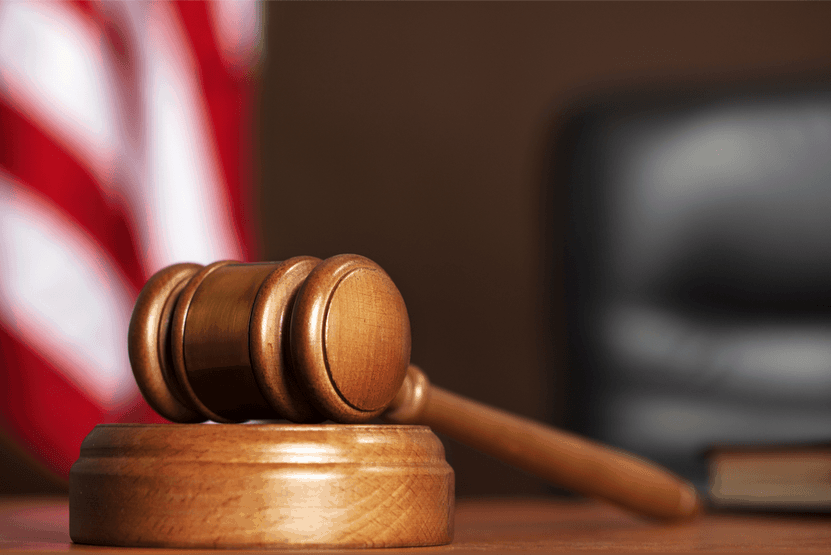By Scott Amankwatia, Michelle E. O’Brien, and Tom Irving
The United States Court of Appeals for the Federal Circuit vacated and remanded the Patent Trial and Appeal Board’s decision in an ex parte appeal affirming the U.S. Patent Office Examiner’s rejection of claims 1-13, 16, 22-24, and 27 of U.S. Patent Application No. 15/909,314 as obvious. In re Theripion, Inc., No. 2022-1346 (August 10, 2023) (non-precedential).
While the decision does not provide any new guidance on substantive issues of law, it is nevertheless of interest because it is rare for the Court not to affirm a PTAB decision of obviousness in an ex parte appeal. This is not necessarily because the appellants don’t have good arguments, but rather because even when the arguments are good the standard of review makes it very difficult to show that the PTAB reversibly erred. Obviousness is a legal conclusion based on underlying findings of fact, and the Court reviews the PTAB’s legal determinations de novo and factual findings for substantial evidence. Therefore, to prevail at the Federal Circuit, an appellant must demonstrate that no “reasonable mind” would accept the PTAB’s factual findings as adequate to support its conclusion of obviousness—a difficult hurdle to clear.
On appeal, Theripion argued that the PTAB erred in its analysis of both unexpected results and motivation to combine. Contrary to its usual course the Court agreed, but “only to the extent that we find the Board failed to adequately explain how it determined the ’314 application’s claims are obvious in light of the totality of the record before it.” Slip Op. at 8.
Unexpected Results: Before the PTAB, Theripion relied on evidence that those skilled in the art would have understood that fusion polypeptides would not have benefitted from addition or extension of a linker between fusion components, as claimed, and in fact would have expected that this modification might actually decrease protein function. Id. at 9. The PTAB was not persuaded, finding that the relationship “would have been expected” but without explaining why. Id. In its review of the decision, the Court was “unable to discern” the reasons for this finding and, observing that the record appeared to contain evidence to support Theripion’s argument, vacated and remanded for the PTAB “to look again at the evidence before it and to provide a better explanation of how it evaluated Theripion’s evidence regarding unexpected results.” Id.
Motivation to Combine: The PTAB found that a skilled person “would have been motivated to include a linker from 10 to 40 amino acids (such as the Gly4Ser4 linker)” from one reference in the fusion peptide of another reference, thus arriving at the claimed fusion peptide comprising the linker. Id. at 15. In so finding, the PTAB reviewed the teachings of each reference individually, considered Theripion’s arguments, and concluded that “the Examiner has the better position.” Id. at 15-16. Based on this, the Court again found that the decision lacked sufficient explanation, emphasizing that it is not adequate for the PTAB to merely summarize and reject arguments without providing clear explanations for its decisions. Id. at 16, citing In re Nuvasive, Inc., 842 F.3d at 1383.
Finally, although Theripion asked for reversal arguing that the record was clear, the Court stated that because it was “unsure of the bases on which the Board reached its subsidiary factual findings supporting its ultimate legal conclusion of obviousness, we are not in a position to determine whether there is substantial evidence to support the Board’s determination.” Id. at 16-17, citing Alacritech, Inc. v. Intel Corp., 966 F.3d 1367, 1370-73 (Fed. Cir. 2020). Thus, the Court instructed that “[o]n remand, the Board must reassess its affirmance of the examiner’s rejection of the claims and must provide further explanation of its reasoning for whatever conclusions it reaches.” Id. at 2.
The take-away from the decision is clear—although a patent applicant’s challenge of the U.S. Patent Office’s final determination of obviousness in ex parte examination remains an uphill battle at the Federal Circuit, it is not a lost cause entirely, particularly when the PTAB’s findings are not articulated with enough specificity to determine whether those findings are based on substantial evidence.
For any questions, please contact the co-authors by phone at 703-391-2900, or by email at samankwatia@marburylaw.com; mobrien@marburylaw.com; or tirving@marburylaw.com.

